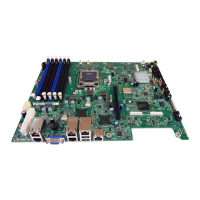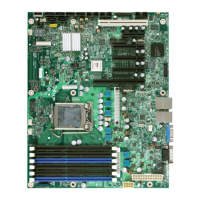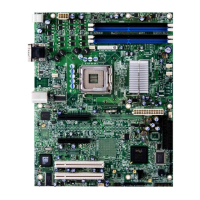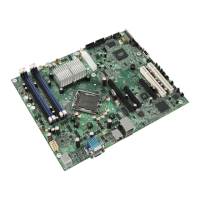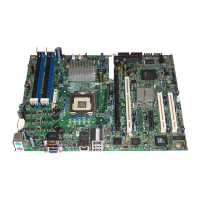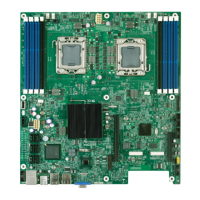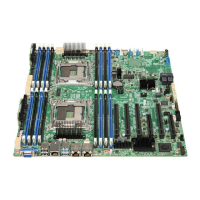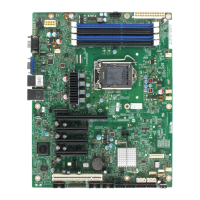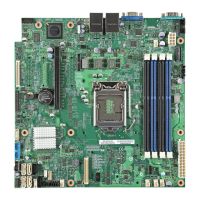Citrix* XenServer* 5.5.0 Installation Guide -
Intel® Server Board S3420GP
32
For details on creating an answerfile for unattended installation, see the Create an Answerfile for
Unattended PXE Installation section on page 33. For more information on PXE configuration file
syntax, see the SYSLINUX website. Refer to the server operating system manual for details for the
specific operating system. The information here is a guide that can be used for Red Hat*, Fedora*, and
other RPM-based distributions..
Setup a DHCP Server
Perform these steps to setup a DHCP server:
1) On the server used for DHCP, verify DHCP is installed by issuing the command:
# rpm -qa dhcp
If DHCP is not installed, install it using “system-config-packages”.
2) Configure the DHCP server. Refer to article 4221 in the Red Hat* Knowledgebase for details.
#rpm -q tftp-server
3) Add these lines to the end of the existing “dhcpd.conf” file at the TFTP server address line:
allow booting;
allow bootp;
class "pxeclients" {
match if substring(option vendor-class-identifier, 0,
9)="PXEClient";
next-server ;
filename "pxelinux.0";
}
4) Restart the dhcpd service:
# service dhcpd restart
Setup the Installation Media Host
Follow these steps to setup the installation media host:
1) On the server where the installation files are stored, copy the contents of the packages directories
from the Base Pack CD to a location where they are exported by HTTP, FTP, or NFS. For example,
make a directory in the document root of a Web server named “XenServer_5.5.0”, then copy the
“packages.main” directory from the Base Pack disk to “XenServer_5.5.0/packages.main”.
2) If Linux* support is also desired, copy packages.linux from the Linux Pack disk to
“XenServer_5.5.0/packages.linux”. This structure allows both packages to be installed by having
the answerfile's source element contain the enclosing “XenServer_5.5.0”directory or install only
the base pack (no support for Linux* VMs) by inserting the path to
“XenServer_5.5.0/packages.main”.
For example, to install both packages from the Web server “http://pxehost.example.com” where the
packages are in the directories mentioned above relative to the server's document root, the answerfile
would contain this source element:
<source type="url">http://pxehost.example.com/XenServer_5.5.0</source>
